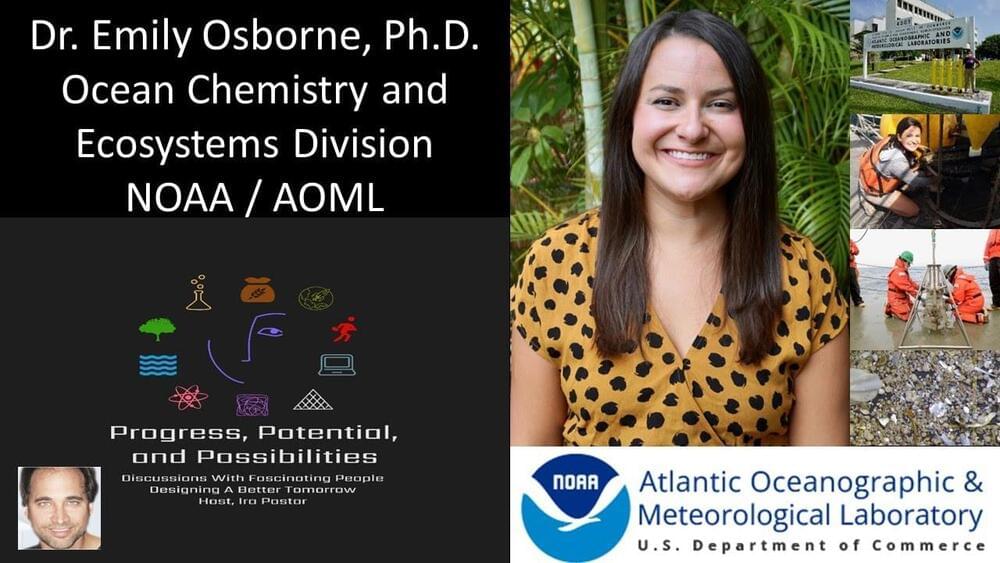One of the oldest tools in computational physics — a 200-year-old mathematical technique known as Fourier analysis — can reveal crucial information about how a form of artificial intelligence called a deep neural network learns to perform tasks involving complex physics like climate and turbulence modeling, according to a new study.
The discovery by mechanical engineering researchers at Rice University is described in an open-access study published in the journal PNAS Nexus, a sister publication of the Proceedings of the National Academy of Sciences.
“This is the first rigorous framework to explain and guide the use of deep neural networks for complex dynamical systems such as climate,” said study corresponding author Pedram Hassanzadeh. “It could substantially accelerate the use of scientific deep learning in climate science, and lead to much more reliable climate change projections.”









